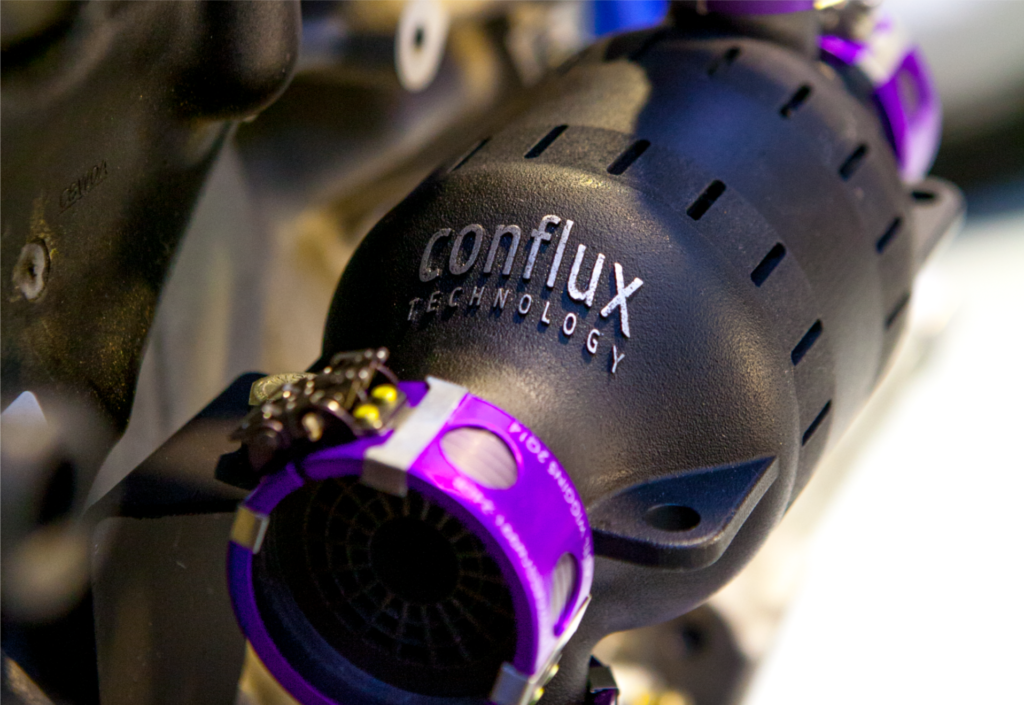Additive manufacturing or 3D printing has come a long way since it was discovered and
patented in the 1980s. With more complex printing machines being built in recent years, we are achieving larger components, greater precision and finer resolution at higher speeds and lower costs bringing the technology to a tipping point.
This will transform manufacturing flexibility –allowing organisations to cut development time, eliminate tooling costs, and simplify production runs – while creating complex shapes and structures that were not possible before.
Found in everyday items such as car engines, refrigerators and air-conditioners, a heat exchanger is is the ideal candidate for a 3D surface.
Conflux Technology, an Australian company specializing in additive manufacturing applications, has focused its efforts on developing new and innovative solutions for thermal and fluid engineering. In a recent case study, the company details how it utilized EOS’ metal 3D printing technology to prototype and produce a new and more efficient type of heat exchanger.
Conflux is not the only company investigating AM for heat transfer applications. For instance, Fabrisonic and NASA have been collaborating to develop 3D printed heat exchangers for interplanetary environments. Still, Conflux, which is backed by AM Ventures, is still one of the leading players in the field.
In creating an additively manufacturing heat exchanger, Fuller and the Conflux team turned to German metal AM specialist EOS and specifically the EOS M 290 3D printer and its Aluminium AlSi10Mg material.
The Conflux Core heat exchanger development process was remarkably fast: within just six months, six prototypes of the heat exchangers were 3D printed and the final product was developed. Now, the patented heat exchanger has various applications across a range of industries, including aerospace, automotive, oil & gas, chemical processing and micro-processor cooling.






